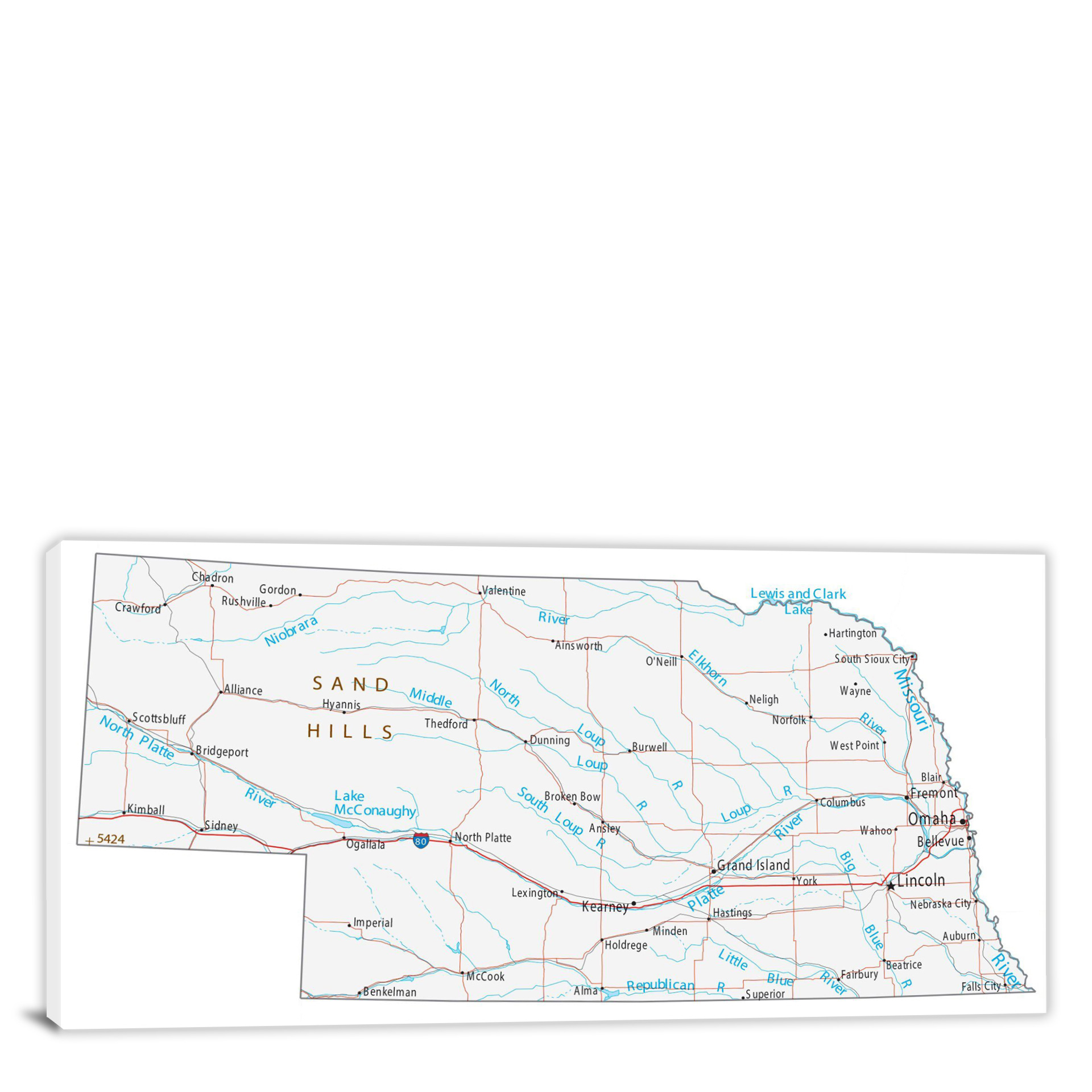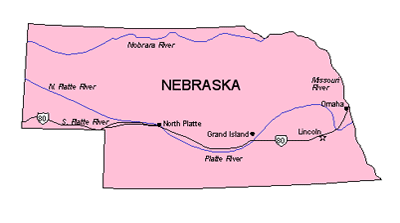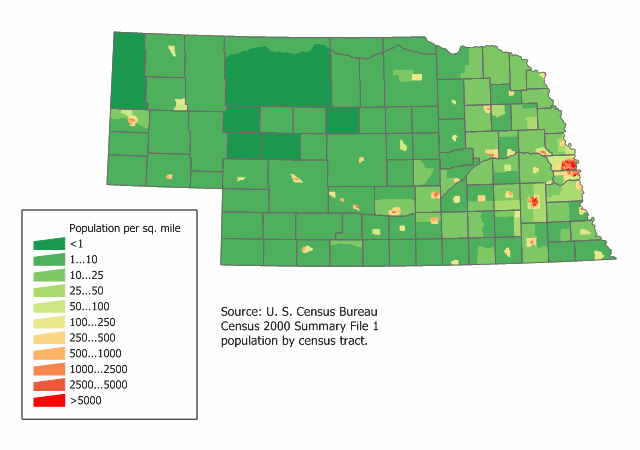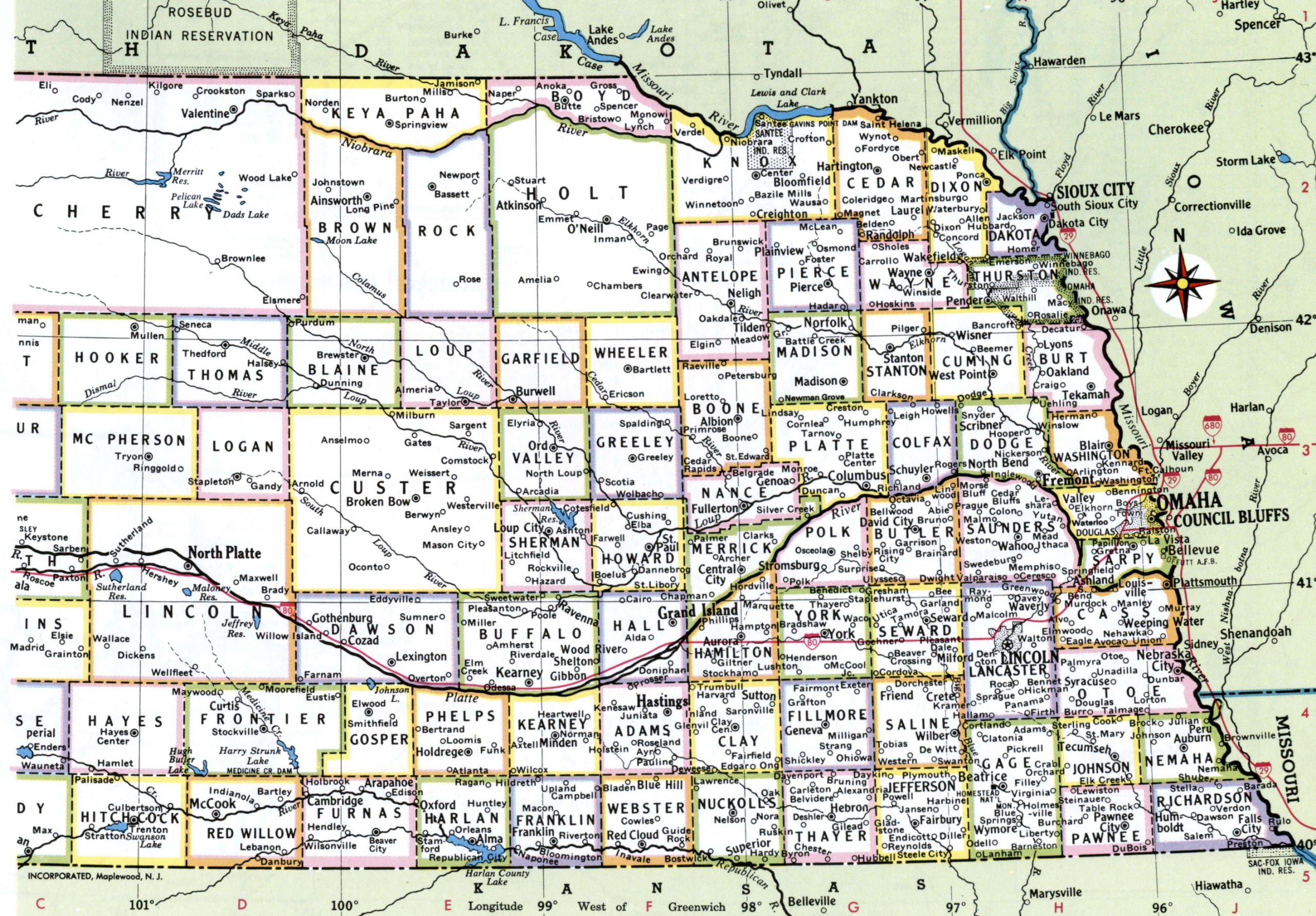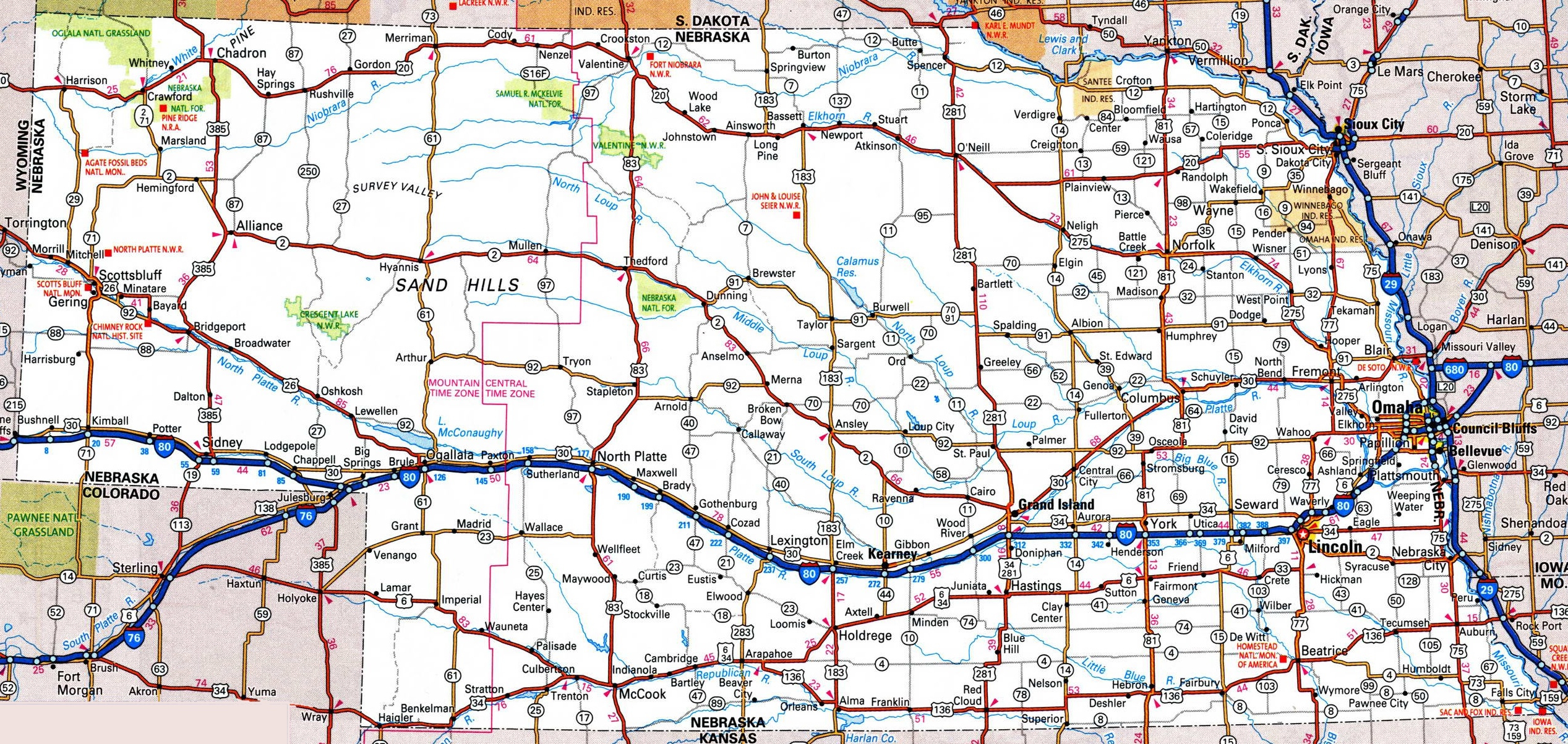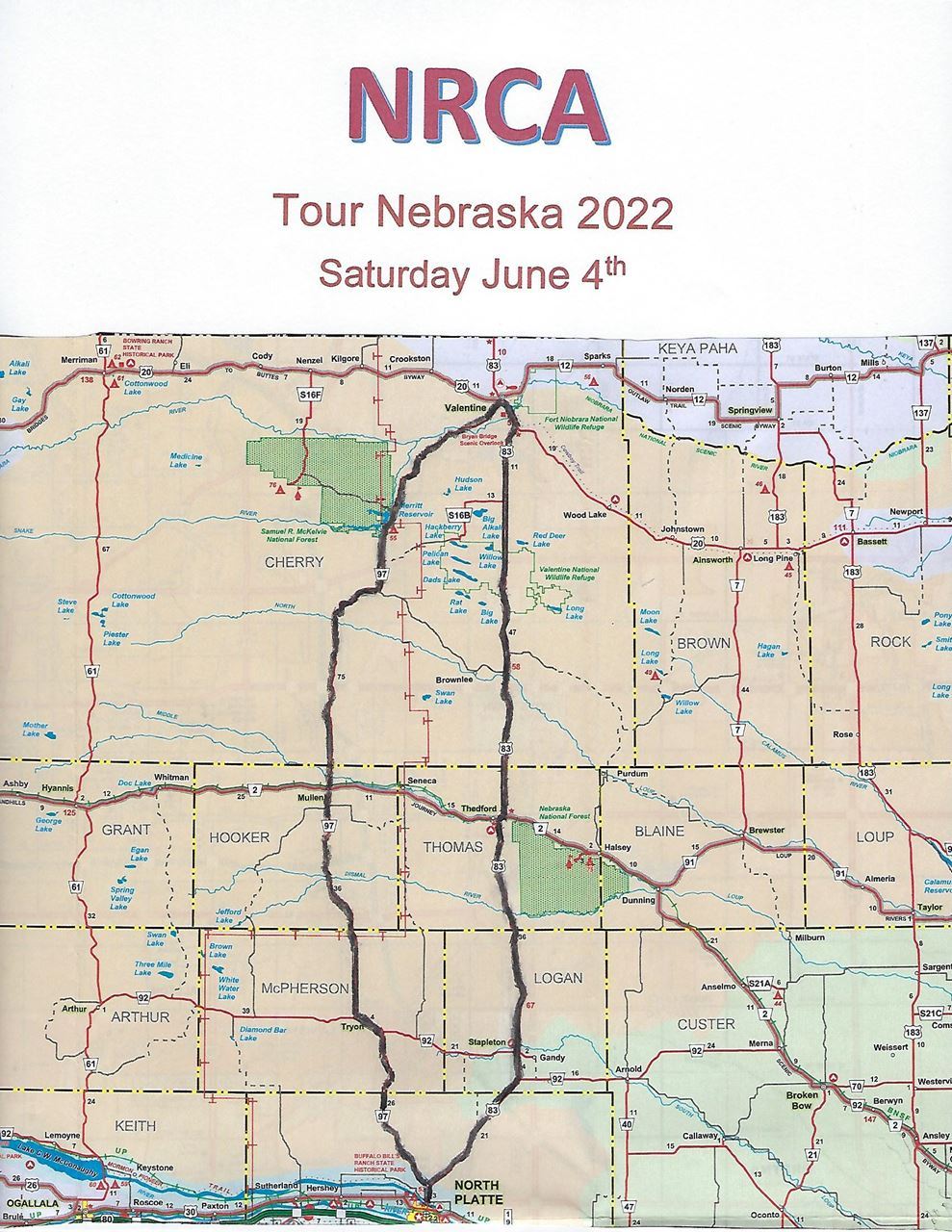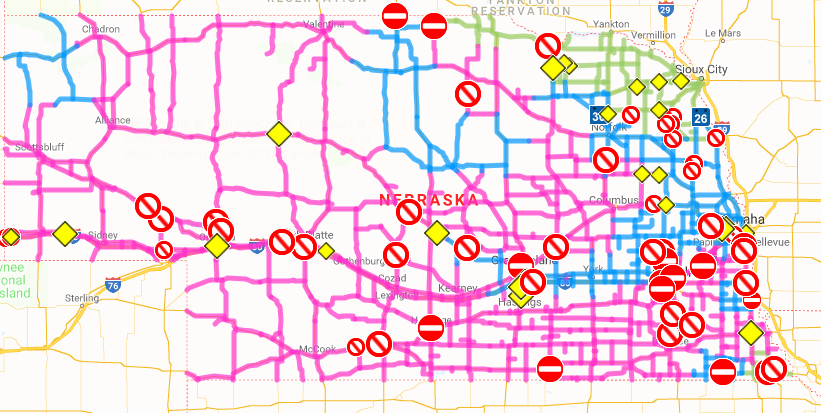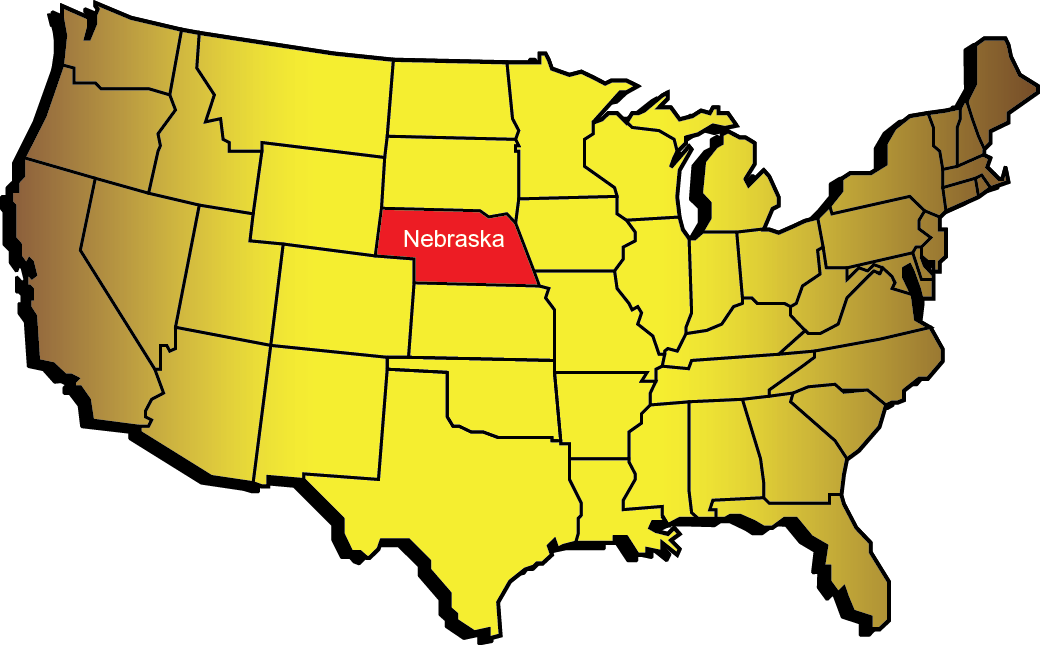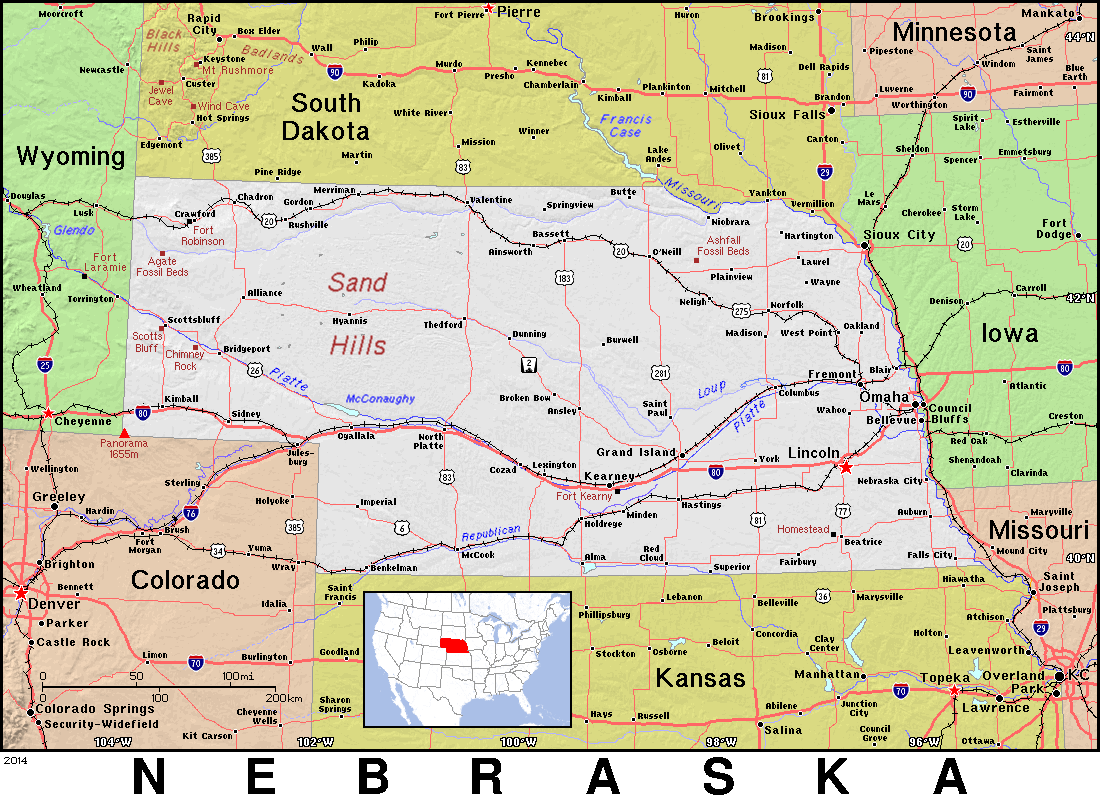April's full moon will reach peak illumination at 7:49 p.This election will be held on november 5, 2024.
Click on the date link for details in nebraska, or the path map image for global details.Nebraska is a state in the united states.Every passport traveler should also download the nebraska passport app.
We are firmly committed to neutrality in our content.2024, 12:54 pm utc / updated april 18, 2024,.
Use the buttons below the map to share your forecast or embed it into a web page.The purpose of the nebraska passport is to help travelers discover nebraska's hidden gems.82296 hwy 183 and map of villagers at the information center.
January 11, 2023, 2:50 pm et.This page provides information on the 2024 elections in nebraska, including the offices on the ballot covered by ballotpedia, election dates, and frequently.
Our goal is to inform people about politics by providing accurate and objective information about politics at all levels of government.Based on 2011 population estimates, for every square mile of nebraskan territory, there is an average of 23.8 people.Click states on this interactive map to create your own 2024 election forecast.
Nebraska has two senators in the united states senate and three representatives in the united states house of representatives.
Last update images today Map In Nebraska
/cloudfront-us-east-1.images.arcpublishing.com/gray/MVAPWD22RRCTHPF33W3RIXLIW4.jpg) Never Fold: Canada Puts Punjabis Out Of Punjab Back In Cricket
Never Fold: Canada Puts Punjabis Out Of Punjab Back In Cricket
LAS VEGAS -- NCAA president Charlie Baker said the association's pending antitrust case settlement will put financial pressure on everyone in the college sports industry, but he believes it also creates more certainty for schools to plan for a new system that will allow them to share more money with their athletes.
The NCAA announced last month that it had agreed to terms to settle three federal antitrust cases that loomed as the most immediate and arguably largest threats to the future of the association. As part of the settlement, the NCAA will pay former athletes nearly $2.8 billion in back damages. In addition, schools will be allowed to share a significant portion of revenue -- roughly $20 million per year starting in 2025 -- directly with their athletes. In exchange, the plaintiffs have agreed to drop three cases that some in college sports believe could have resulted in close to $20 billion in total damages.
"There is a lot of pressure here on everybody," Baker said. "I think it's much better than the pressure of what could have been catastrophic losses. That would have taken another few years. So, we'd be spinning our wheels for another few years without really knowing what was going to happen."
Baker, in his first extensive interview since agreeing to a settlement, told reporters that he hopes the terms of the settlement establish a way for schools to provide fair compensation to their athletes without turning them into employees.
The NCAA remains a defendant in multiple lawsuits which argue that college athletes should be considered employees of their schools or conferences. While the settlement does not resolve those issues, Baker and many others in college sports are hoping the plans to share revenue with athletes in the future will spur Congress to write a new law that will prevent athletes from becoming employees.
"If the court blesses [the pending settlement], then it puts us in a position where we can go to Congress and say: 'One of the three branches of the federal government blessed this as a model to create compensation without triggering employment,'" Baker said Monday. "I think that's a good place to start a conversation with Congress."
The NCAA and conference leaders have made little progress during the past several years of lobbying politicians on Capitol Hill for a new law that would create a special status for college sports as an industry. Baker said he has heard positive feedback from several federal lawmakers since the terms of the settlement were made public.
At a conference for athletic directors in Las Vegas this week, Baker said he has been peppered with questions about how some details of the settlement might impact the future shape of college sports. He said more answers are likely to come within the next 30 days, when lawyers for both sides of the antitrust cases are expected to submit the fine-print details of their settlement in court.
The detailed terms of the settlement will still need to be approved by the federal judge overseeing the cases -- a process that is likely to take several months and include a window for athletes to object or comment on the terms.
"I'm a little uncomfortable about getting too far ahead of that," Baker said. "People are starting to think about how to plan for it. We certainly are. But we absolutely recognize and understand there is a bunch of stuff that needs to happen before the thing becomes official."
Some legal experts have questioned if the judge in this case will take issue with a class action settlement that will make it difficult for athletes to sue the NCAA for antitrust violations in the future. When asked if he had concerns about the settlement being approved, Baker said the central figures on all sides of the argument for compensating college athletes that has played out over the past 10 years are involved in the case.
"If you think the players on the field matter, we've got most of them," he said.
The two biggest pending questions for school officials gearing up for a new business model concern the roles that Title IX laws and booster collectives will play in how revenue is shared with athletes in the future.
Title IX regulations require schools to provide equal benefits and opportunities to men and women for their varsity sports on campus. The Department of Education, which oversees Title IX on college campuses, has not made any comment on whether schools will have to split payments to athletes equally among men and women to remain compliant with the law.
"I'm going to wait and see where the dust lands [on the settlement] before we start engaging in those conversations," Baker said. "The one thing we should do here is not race. We should be deliberate and trust the process here."
Multiple sources have told ESPN that part of the settlement aims to rein in collectives -- groups of boosters associated with a particular school that have served as a de facto payroll in some places as the NIL market has evolved in the past three years. Baker said he does not believe collectives are going to disappear as a result of the settlement, but he does hope that the new revenue-sharing arrangements will make it easier for schools to "own the primary relationship" with their athletes.
The NCAA plans to pay the $2.8 billion of back damages throughout the course of the next 10 years. Baker said at least $120 million (or roughly 42%) of the yearly payment for the settlement will come from the NCAA's national office budget. The other 58% will come from reducing the amount of the money the NCAA typically distributes to its members -- 33% from FBS schools, 13% from FCS schools and 12% from Division I schools that don't have a football program.
Some athletic directors and conference officials from smaller leagues have raised objections to the amount of money they will be missing over the next 10 years from the NCAA's distributions to help solve a problem that pertains mostly to the power conferences that generate large sums of money from football. Baker said the back damages are related to a set of rules that the entire NCAA membership -- including the schools from those smaller conferences -- approved and maintained.
Baker also said that he thinks the 10-year span of the settlement will serve as "glue" to help bind together the larger group of Division I schools, avoiding the potential for power conferences to form a separate entity with their own rules. Keeping all of Division I together will allow the NCAA to maintain the March Madness basketball tournament that generates the overwhelming majority of money that the association distributes to its schools.
"We now have the ability to move forward with the assumption that we're all going to be one big, maybe happy, family moving forward," Baker said.
Baker said the NCAA's national office has committed to potentially increasing its contribution to the damages payments beyond $120 million if revenue for the national tournaments it organizes continues to grow.
/cloudfront-us-east-1.images.arcpublishing.com/gray/MVAPWD22RRCTHPF33W3RIXLIW4.jpg)
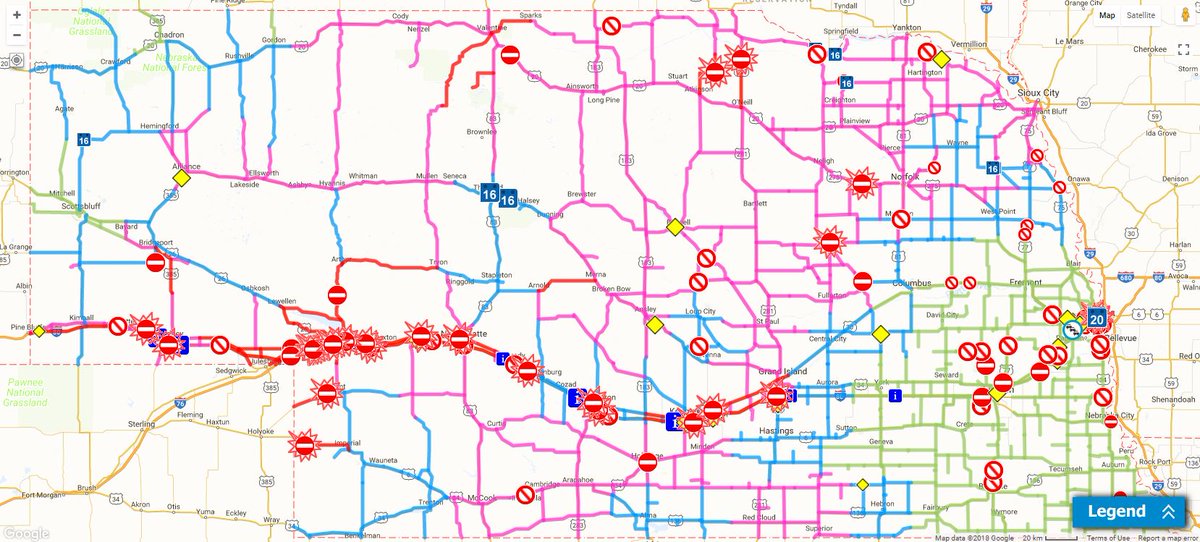


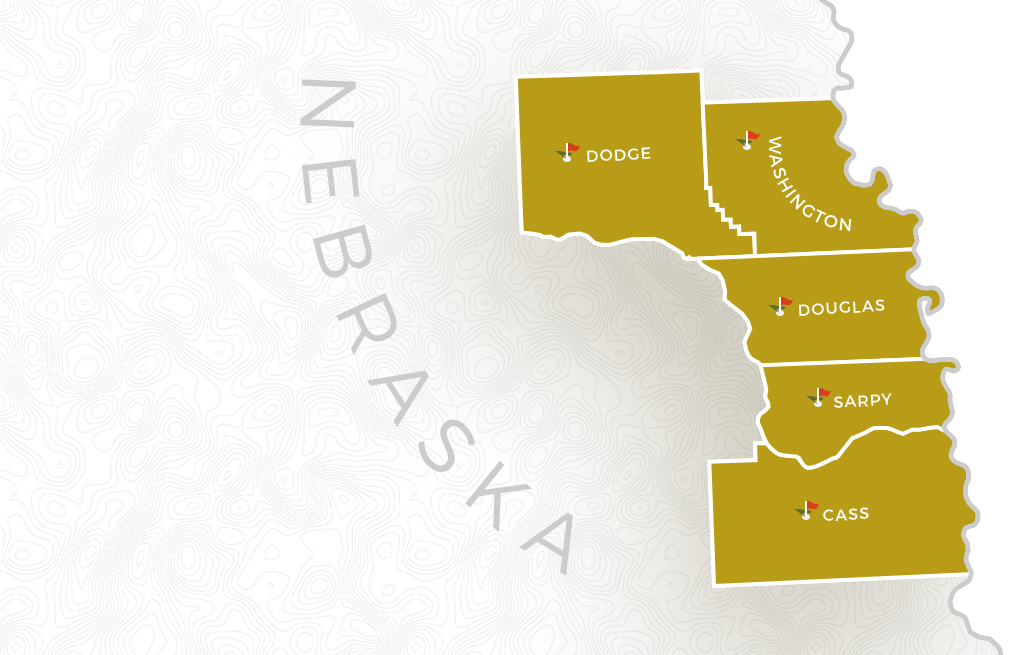
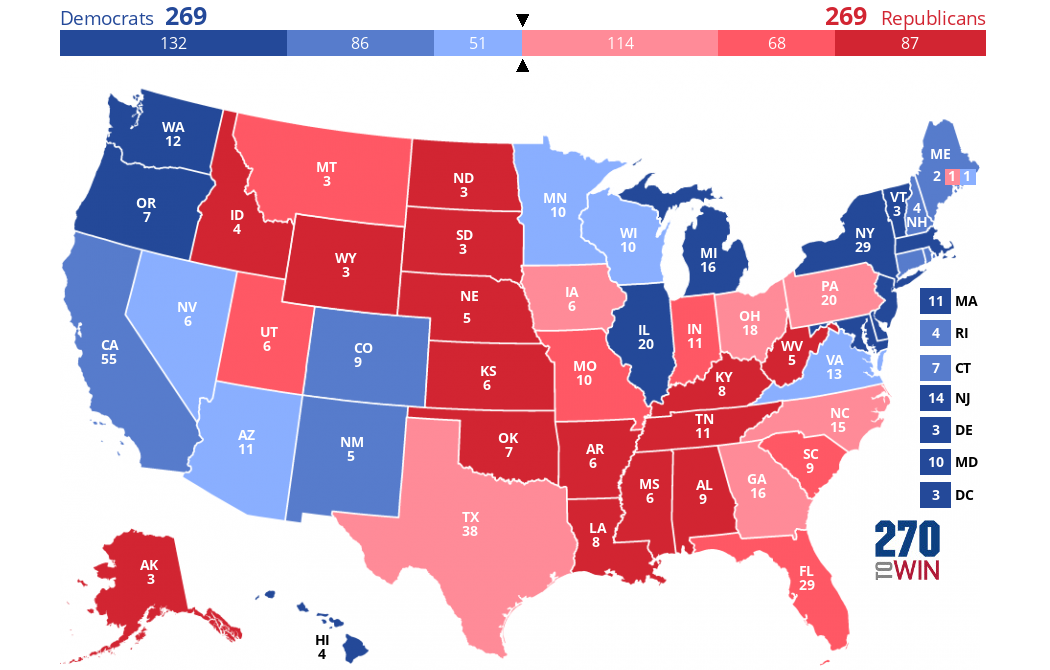
:max_bytes(150000):strip_icc()/NebraskaZones-56a98be13df78cf772a8276a.jpg)
